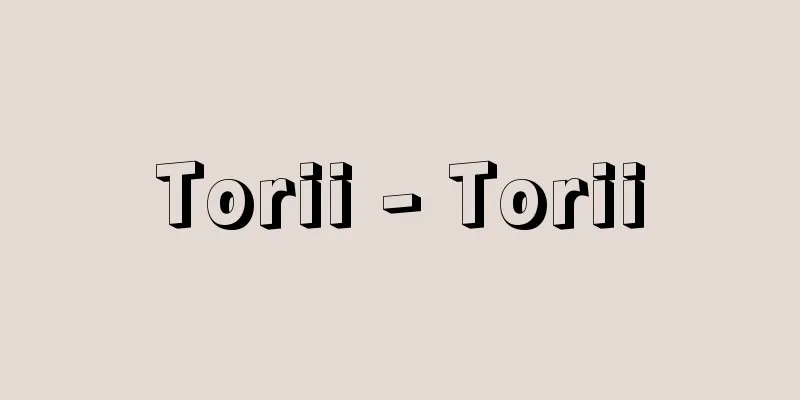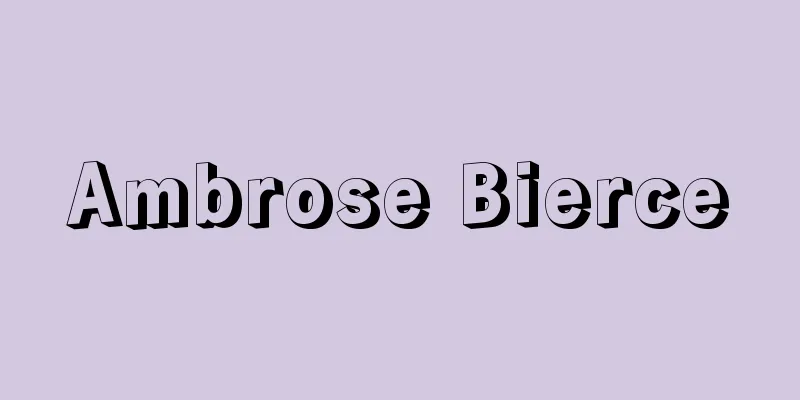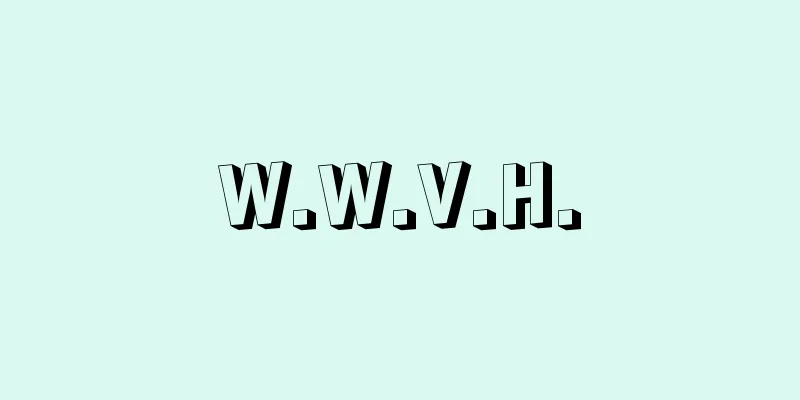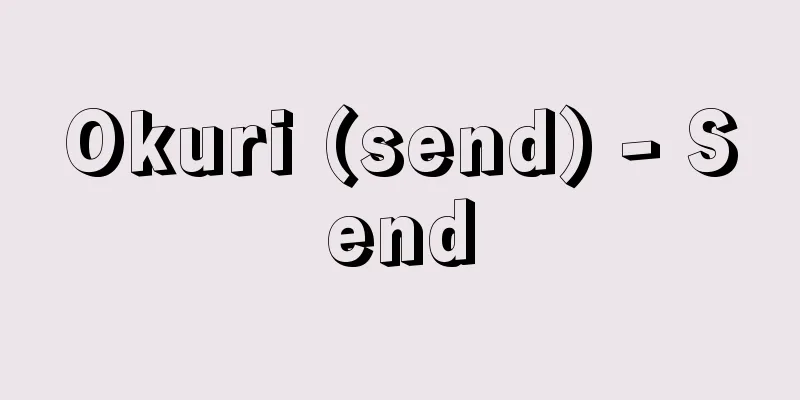Pollution Prevention Business Cost Burden Law
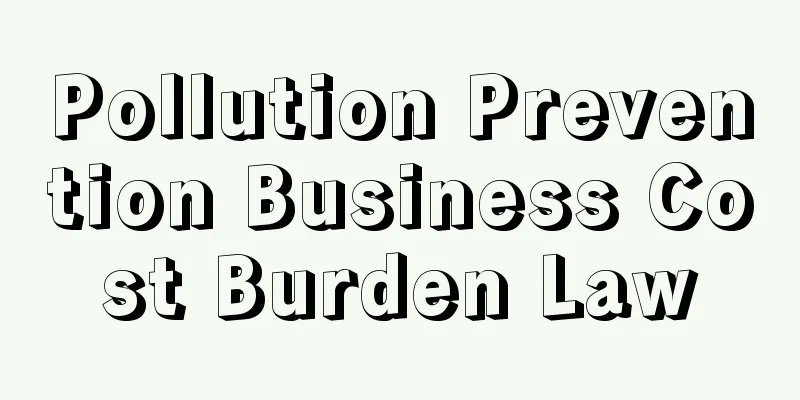
|
This law was enacted in 1970 to determine the scope of pollution prevention work, the scope of costs that businesses are required to cover, and the calculation of the amount to be paid by each business, in relation to the burden of costs required for pollution prevention work by businesses. Law No. 133 of 1970. The former Basic Law for Pollution Control (repealed in November 1993) provided that businesses should bear all or part of the costs of pollution prevention projects (Article 22, Clause 1), and stipulated that a separate law should be enacted to determine the scope of costs to be borne by businesses, the scope of businesses that will bear the costs, and the method of calculating the costs to be borne by each business (Article 22, Clause 2), and this law was enacted based on the same provision. In 1993, the Basic Law for the Environment came into force as the basic law to replace the Basic Law for Pollution Control, but the Law on Business Burden of Pollution Prevention Project Expenses remains in force based on the provisions of the Basic Law for the Environment (Articles 37 and 38), which basically inherit the provisions of the Basic Law for Pollution Control and stipulates the burden on polluters and beneficiaries. According to this law, pollution prevention projects are defined as projects to establish green spaces, dredging projects, soil addition projects, projects to establish sewerage systems, and projects to relocate housing around factories, etc. (Article 2, Paragraph 2). It stipulates how to calculate the total amount of burden to be borne by business operators (pollutant causer burden, Article 4, Paragraphs 1 and 2) and how to calculate the amount of each business operator's contribution (Article 5). In cases where it is difficult to calculate the total amount of burden, a fixed percentage is stipulated (Article 7). [Takahisa Awaji] "Yoshitake Masuhara, Illustrated Guide to the Basic Environment Law (1994, Chuohoki Publishing)" ▽ "Commentary on the Basic Environment Law, edited by the Environment Agency's Planning and Coordination Bureau (1994, Gyosei)" [Reference items] | | | | | |Source: Shogakukan Encyclopedia Nipponica About Encyclopedia Nipponica Information | Legend |
|
公害防止のための事業に要する費用の事業者負担に関して、公害防止事業の範囲、事業者の負担の対象となる費用の範囲、各事業者に負担させる額の算定等に関して定めるために1970年に制定された法律。昭和45年法律133号。 かつての公害対策基本法(1993年11月廃止)は、公害防止のための事業について、事業者がその費用の全部または一部を負担すべきものとし(公害対策基本法22条1項)、事業者に負担させる費用の範囲、費用負担をする事業者の範囲および各事業者に負担させる費用の算定方式を定めるために別の法律を定めるべきものと規定していた(同2項)が、同規定に基づいて制定されたのが本法である。1993年(平成5)、公害対策基本法にかわって環境基本法が基本法として施行されるようになったが、公害対策基本法の規定を基本的に継承して原因者負担および受益者負担を定めた環境基本法の規定(37、38条)に基づいて、公害防止事業費事業者負担法は効力を有している。同法によれば、公害防止事業とは、緑地の設置事業、浚渫(しゅんせつ)事業、客土事業、下水道等の設置の事業、工場等の周辺の住宅の移転事業などとされ(2条2項)、事業者の負担総額の導き方(原因者負担、4条1項、2項)、各事業者の負担金の額の導き方などが定められ(5条)、負担総額の導き方が困難な場合に備えて、一定の割合が定められている(7条)。 [淡路剛久] 『増原義剛著『図でみる環境基本法』(1994・中央法規出版)』▽『環境庁企画調整局編著『環境基本法の解説』(1994・ぎょうせい)』 [参照項目] | | | | | |出典 小学館 日本大百科全書(ニッポニカ)日本大百科全書(ニッポニカ)について 情報 | 凡例 |
<<: Pollution Prevention Ordinance
>>: Pollution prevention industry
Recommend
Ah - After
〘Noun〙 (Chinese slang from the Six Dynasties perio...
Dorcus titanus
…Some males can reach a body length of over 7cm. ...
"The Story of Iwata Yasohachi" - The Story of Iwata Yasohachi
…Together with Tamenaga Harusho (commonly known a...
Sungkyunkwan (English spelling)
A representative facility for Korean Confucian edu...
Wada Kyutaro
1893-1928 A social activist and haiku poet from t...
White iron
Korean literary critic. His real name was Baek Se...
Ahmediye Cami (English spelling) Ahmediye Cami
…A mosque in Istanbul. Its common name is the Blu...
surcot ouvert (English spelling) surcotouvert
…Eventually, it was used not only for military un...
Zhang Wen-tian (English name)
[Live] Guangxu 26 (1900). Jiangsu, Nanhui [Died] J...
Foreign-affiliated companies
A company with a high percentage of foreign capit...
Revolutionary Syndicalist
…Unlike industrial unions, they were characterize...
Phronima stebbingi (English spelling) Phronimastebbingi
…[Shigeo Gamou]. … *Some of the terminology that ...
Four Seas
〘noun〙① The seas on all four sides. Yomonoumi. ※Su...
Wilhelm Dilthey
German philosopher. Born November 19th in Wiesbad...
August Stramm
A German poet who put into practice the language ...

